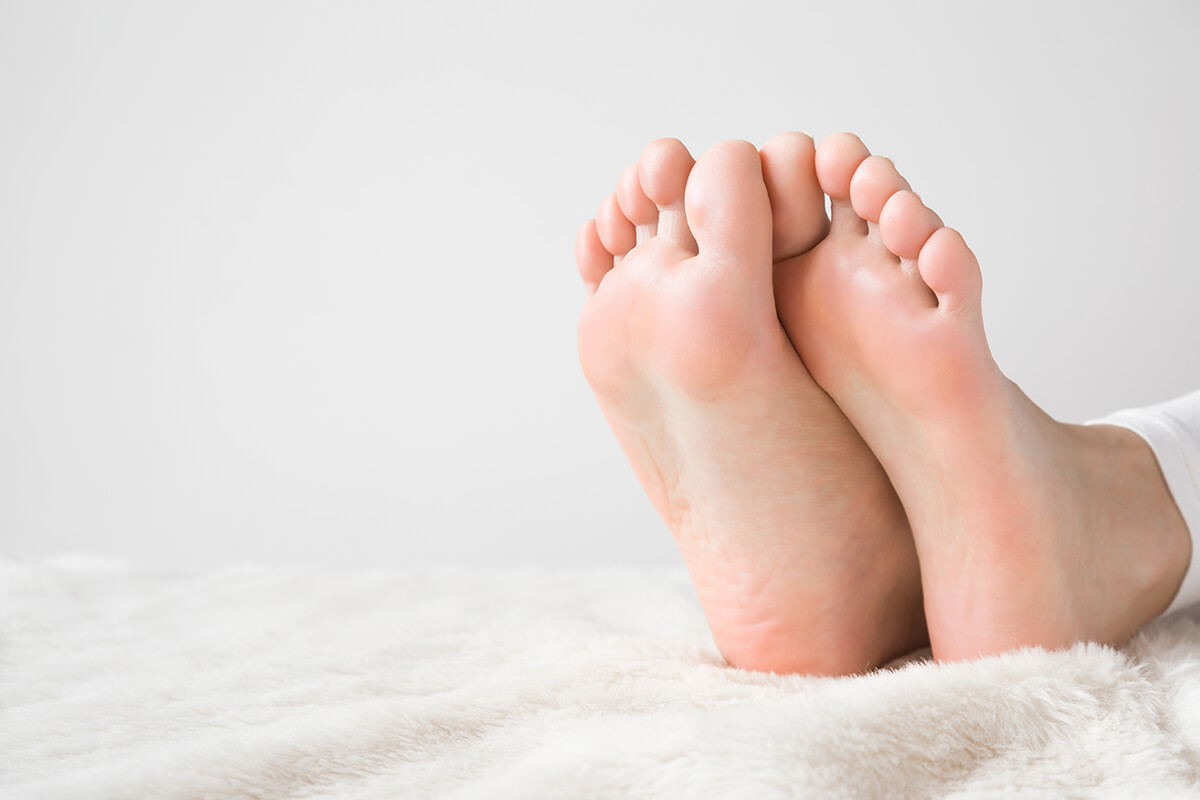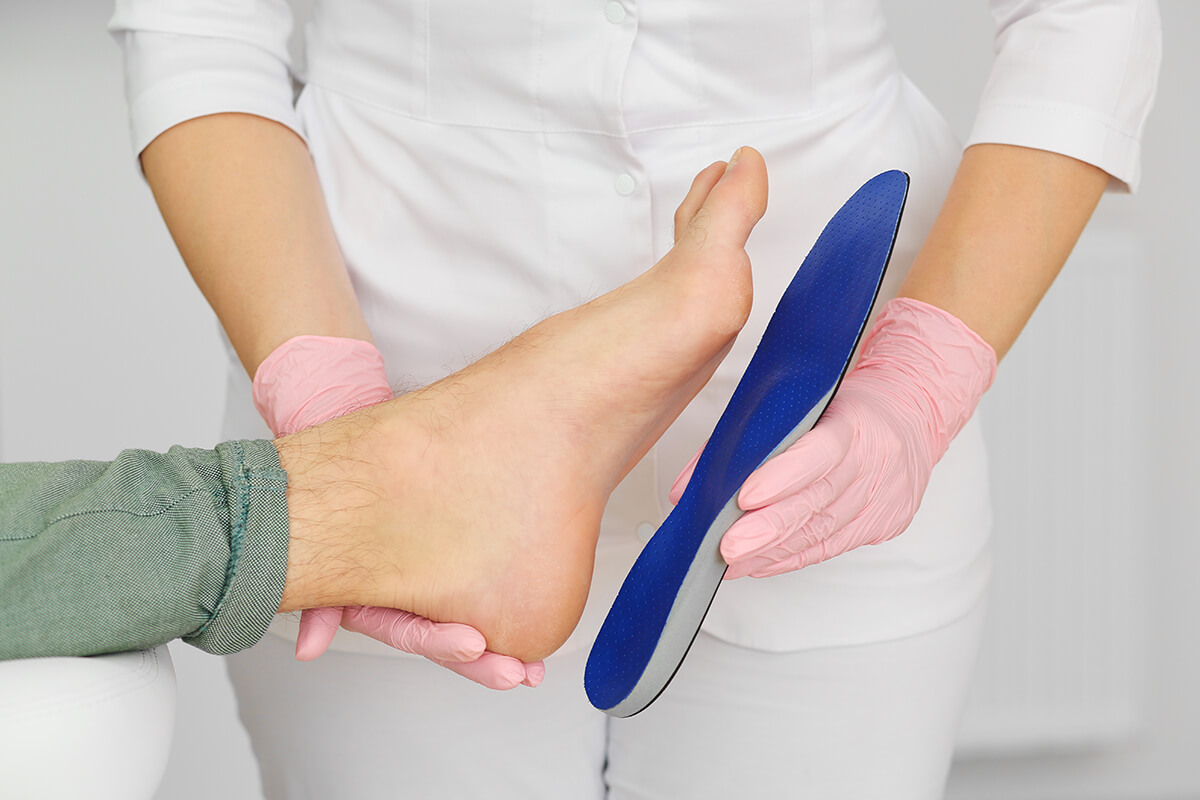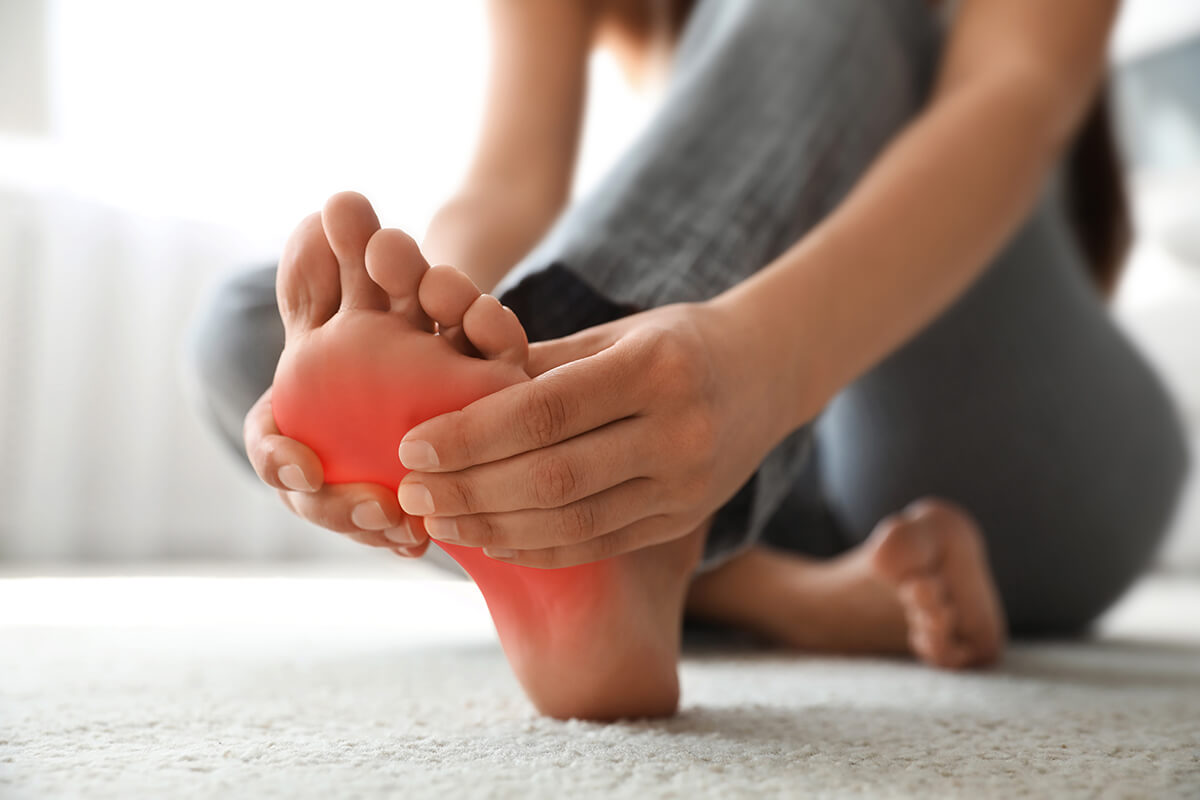Top Summer Foot Issues And How To Avoid Them
Summer is a season for outdoor adventures, barefoot strolls, and open-toed shoes, but it can also be tough on your feet. Warm weather brings a wave of foot issues that can put a damper on your plans.
If you’re in Canada and hoping to stay active all summer long, a little prevention and knowing when to get help from a physiotherapist or foot clinic can make all the difference.
-
Plantar Fasciitis Flares Up More Often in Summer
Summer footwear may feel freeing, but it often lacks the support that your feet need, especially if you’re prone to plantar fasciitis. This condition causes sharp heel pain, usually worst in the morning or after long periods of rest. It’s brought on by inflammation of the thick band of tissue that runs along the bottom of your foot, called the plantar fascia.
What Triggers It in Warm Weather
Walking barefoot on hard surfaces or spending too much time in unsupportive sandals can put extra stress on the arch, triggering or worsening symptoms. Many people notice flare-ups during the warmer months because they swap supportive shoes for flip-flops or go barefoot more often.
How to Ease the Pain
Stretching, ice, and rest can help manage mild symptoms. However, if the pain lingers or worsens, physiotherapy is a smart step. A trained physiotherapist can create a treatment plan that includes manual therapy, targeted exercises, and footwear advice.
A foot clinic will also help you explore orthotics or other tools to reduce pressure on the fascia and speed up recovery – all while keeping you active this summer.
-
Athlete’s Foot: The Unwanted Summer Companion
Warm weather, sweaty shoes, and public places like pools and gyms create the perfect environment for athlete’s foot to thrive. This fungal infection is especially common during summer, when moisture gets trapped between the toes or under socks, making it easy for fungi to grow and spread.
Recognizing the Signs
It usually starts with itching, burning, or peeling skin – often between the toes. You might also notice redness, flaking, or a mild odour. While it may seem like a minor irritation, leaving it untreated can lead to cracked skin and secondary infections.
Simple Prevention Tips

To lower your risk, keep your feet dry and clean. Change socks daily, avoid walking barefoot in shared spaces, and choose breathable shoes. Use foot powders or sprays if you’re prone to sweating.
If symptoms persist or worsen, it’s best to visit a foot clinic. A proper diagnosis and antifungal treatment can clear up the infection faster.
-
Heel Pain and Cracks: More Than Just Dry Skin
Cracked heels are a common summer complaint, especially for those who spend a lot of time in open-back shoes or barefoot on hard surfaces. While it may seem like a cosmetic issue, dry, split skin on the heels can become painful and even lead to infection if left untreated.
What Causes Heel Cracks in Summer
Warm weather, low humidity, and increased outdoor activity all contribute to dry skin. Add friction from sandals or flip-flops, and the skin on your heels can become thick, rough, and prone to cracking.
How to Prevent Heel Pain
For mild cases, using a foot file and moisturizing cream daily can make a big difference. Look for creams with urea or salicylic acid to soften hardened skin. Wearing supportive footwear is also important in preventing excess pressure on the heels.
If you notice persistent pain, redness, or swelling, it’s time to visit a foot clinic. A professional can remove thickened skin safely and recommend proper foot care techniques. They may also suggest custom insoles to reduce pressure on the heels and prevent cracks from returning.
-
Blisters and Friction Burns from Summer Shoes
Summer shoes may look stylish, but they’re often the top culprit behind blisters and friction burns. Flip-flops, sandals with thin straps, and shoes without proper cushioning can rub against the skin as you walk, especially if your feet get sweaty. That friction creates fluid-filled blisters, which can be painful and prone to infection if popped or irritated.
Where Blisters Show Up Most
Blisters commonly form on the heels, toes, and sides of the feet – places where straps or seams press during movement. Hot weather only makes things worse, as moisture softens the skin and makes it more vulnerable to friction.
Smart Ways to Prevent Blisters
Choose shoes with soft materials, cushioned soles, and a snug (not tight) fit. Wearing moisture-wicking socks or using blister prevention pads can also reduce the chance of rubbing.
If you develop blisters frequently or they don’t heal well, it may be worth visiting a foot clinic. They can assess your gait and recommend footwear changes to minimize future friction.
-
Swollen Feet and Ankles: Common in the Heat
Summer heat often leads to fluid retention, especially in the lower legs, feet, and ankles. When temperatures rise, blood vessels expand to help cool your body down. This can cause fluid to leak into surrounding tissues, resulting in swelling – also known as heat edema. It’s especially noticeable after long periods of sitting or standing, travel, or outdoor activity.
Why It Happens More in Summer
In warm weather, your body works harder to regulate temperature. This natural response, combined with dehydration or poor circulation, makes your lower limbs more prone to puffiness. It can also be more common if you’re pregnant, older, or managing conditions like varicose veins or heart disease.
How to Relieve and Prevent It
To ease swelling, elevate your legs, stay hydrated, and wear compression socks if needed. Light movement throughout the day can also improve circulation.
If swelling becomes persistent or painful, professional help is recommended. A visit to a North York physiotherapy clinic can offer guided treatment options like lymphatic drainage, tailored exercises, or gait adjustments to reduce pressure and promote long-term relief.
-
Sunburned Feet: The Often Forgotten Spot
It’s easy to remember sunscreen on your face, shoulders, or arms. How about your feet? They’re one of the most overlooked areas when it comes to sun protection. Whether you’re walking barefoot on the beach, lounging by the pool, or wearing open-toed sandals, the tops of your feet are constantly exposed to harmful UV rays. A sunburn in this area can be surprisingly painful, making it difficult to walk or wear shoes comfortably.
Why Your Feet Burn Faster
The skin on your feet is thinner and more sensitive than you might think. A few hours in direct sun can lead to redness, swelling, blistering, and intense burning sensations. In severe cases, sunburned feet can even cause temporary mobility issues due to pain and inflammation.
Protecting Feet from UV Damage
Apply sunscreen with at least SPF 30 to the tops and sides of your feet, especially if you’re wearing sandals. Reapply every two hours or after swimming, just as you would for your face or shoulders. If you do get burned, use aloe vera, stay hydrated, and keep your feet out of the sun until healed.
-
Ingrown Toenails and Summer Footwear
Summer shoes may feel cooler, but they can increase your risk of developing ingrown toenails, especially styles that expose or crowd the toes. Sandals with narrow straps, tight-fitting shoes, or even going barefoot too often can lead to minor trauma around the nail bed. When the nail’s edge grows into the surrounding skin, it can cause swelling, redness, and pain.
How Summer Habits Contribute
This issue is more common in warmer months when toenails grow faster and people wear shoes that offer little protection. Poor trimming habits (like cutting toenails too short or rounding the corners) also contribute. Left untreated, ingrown toenails can become infected and make walking uncomfortable.
Preventive Tips for Healthier Toenails
Trim toenails straight across and avoid tight or narrow footwear. Choose sandals that provide support without compressing your toes. These small changes can make a big difference.
If you start noticing pain or inflammation, early treatment is crucial. Soaking your feet and wearing open shoes may relieve minor cases. However, if the area becomes infected or keeps coming back, visit a foot clinic for professional care.
-
Flat Feet Get Pushed to the Limit in Summer

For people with flat feet, summer can be especially hard on the arches. Open shoes and unsupportive sandals don’t offer the structure needed to keep the foot aligned, leading to arch pain, heel discomfort, or even knee and hip issues over time.
The added activity that comes with summer (long walks, hikes, and time on hard surfaces) can quickly lead to fatigue and overuse.
According to a study, foot orthotics effectively relieve pain, enable patients to return to previous activity levels, and have high patient compliance (Donatelli et al., 1988). For those with flat feet, custom orthotics can be a game-changer, especially when paired with supportive footwear.
Keep Your Feet Happy All Summer Long
Your feet deserve just as much care as the rest of your body, especially during the busy summer months. Whether you’re dealing with swelling, blisters, or chronic foot pain, early attention can prevent small issues from becoming big setbacks.
If you’re looking for a trusted foot clinic in North York, the team at Oriole Physiotherapy and Rehabilitation Centre is here to help. Call us at (416) 221-0772 to book an appointment and keep your feet healthy, supported, and ready for every step this summer.

